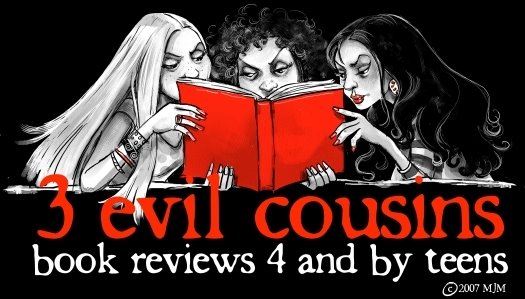Unexpectedly, Cliff notices improvement in three of his lab mice. The injected RSV-7 virus has shrunk their tumors! Glass and Mendelssohn allow Cliff to continue his work, and the results are incredible. In over half of the mice injected with RSV-7, the tumors have shrunk and disappeared. The virus targeted cancerous cells, but left normal cells unharmed. Practically overnight, Cliff becomes the star of the lab. Everyone is put to work on replicating his experiment. Glass and Mendelssohn work towards publishing an article in Nature and using Cliff's discovery to elicit more funding.
All goes well until Robin, Cliff's girlfriend, gets jealous. She worked at Philpott longer and thinks his fortune is unfair. Since everyone must work on Cliff's project, she is forced to give up her bone marrow project. This begins a chain reaction, eventually bringing the validity of Cliff's results into question. Robin trusts her intuition that Cliff's results are too good to be true, and she goes to great lengths in search of the truth.
Although this is the longest plot summary I've ever given, the wealth of this novel is not in its plot, but in its characters. Not to imply the plot is boring, its not. The book is riveting, fascinating, and hard to put down. However, the character development is simply phenomenal! The book shifts from one character's mind to another, giving deep insights into the thoughts of each character. It often presents different perspectives on a character's actions. This blurs the line between good and evil. Each character's thoughts alters the reader's opinion of the other characters. It makes for a very thrilling read. Dramatic twists and eureka moments occur often.
Along similar lines, the driving force of the plot is the conflicts between characters, rather than the traditional sequence of events. Obviously, the characters feelings lead to actions, which in turn lead to reactions and the process repeats. However, the conflict seems to warp constantly, making the book more exciting. Ever heard a story where a hero must fight a villain throughout the story, ultimately triumphing? This story is the polar opposite. It is not a fight between two people, but a dynamic, ever-changing conflict, involving multiple characters. Elegantly written, the reading experience is simply wonderful. The only downside, if it can even qualify as a downside, there are lots of fancy words. Keep a dictionary handy.
I give Intuition by Allegra Goodman the coveted 5 out of 5 daggers.
Yours intuitively,
Gabriel Gethin
